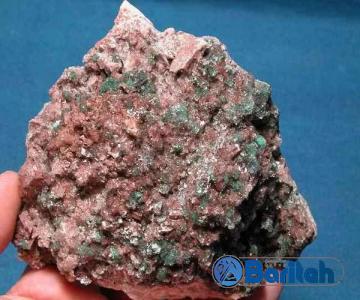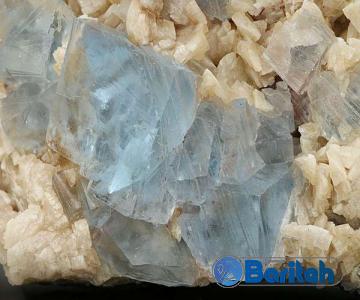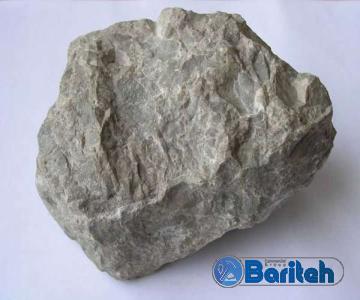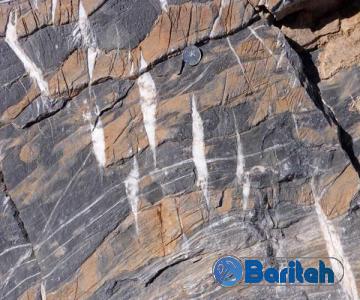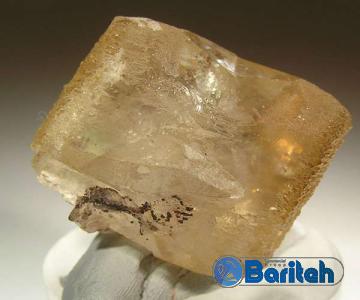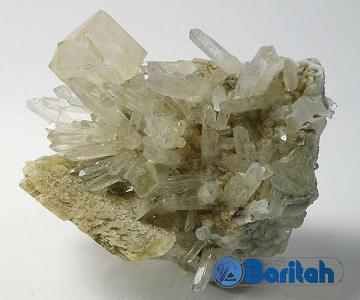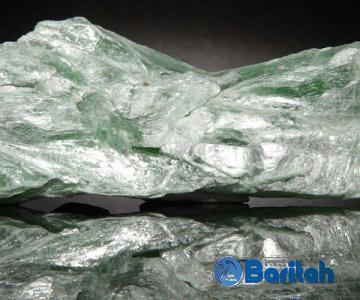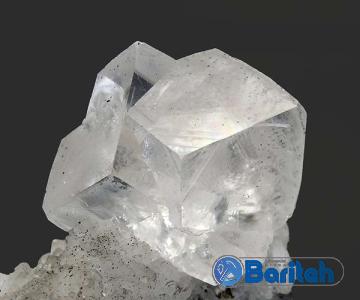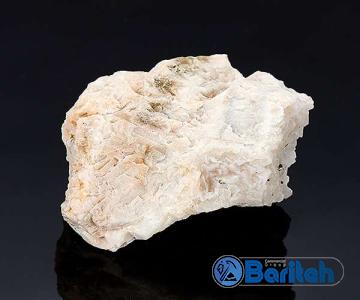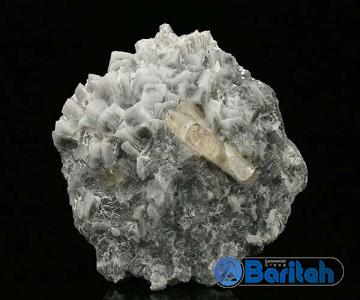Bentonite Powder Food-Grade Safety Data Sheet
If you like to order bentonite food-grade powder you can ask for the Safety Data Sheet from the supplier before placing the order
Safety data sheets provide information on chemical products to aid in the risk assessment of their users
They provide information on handling, storage, and emergency procedures in the event of an accident, as well as a description of the dangers posed by chemicals
The information on the Material Safety Data Sheet may provide useful direction for your task
If a substance is hazardous to supply, chemical suppliers are required by law to provide current safety data sheets
Safety data sheets do not constitute risk assessments
Utilize the included information to assist with your evaluation
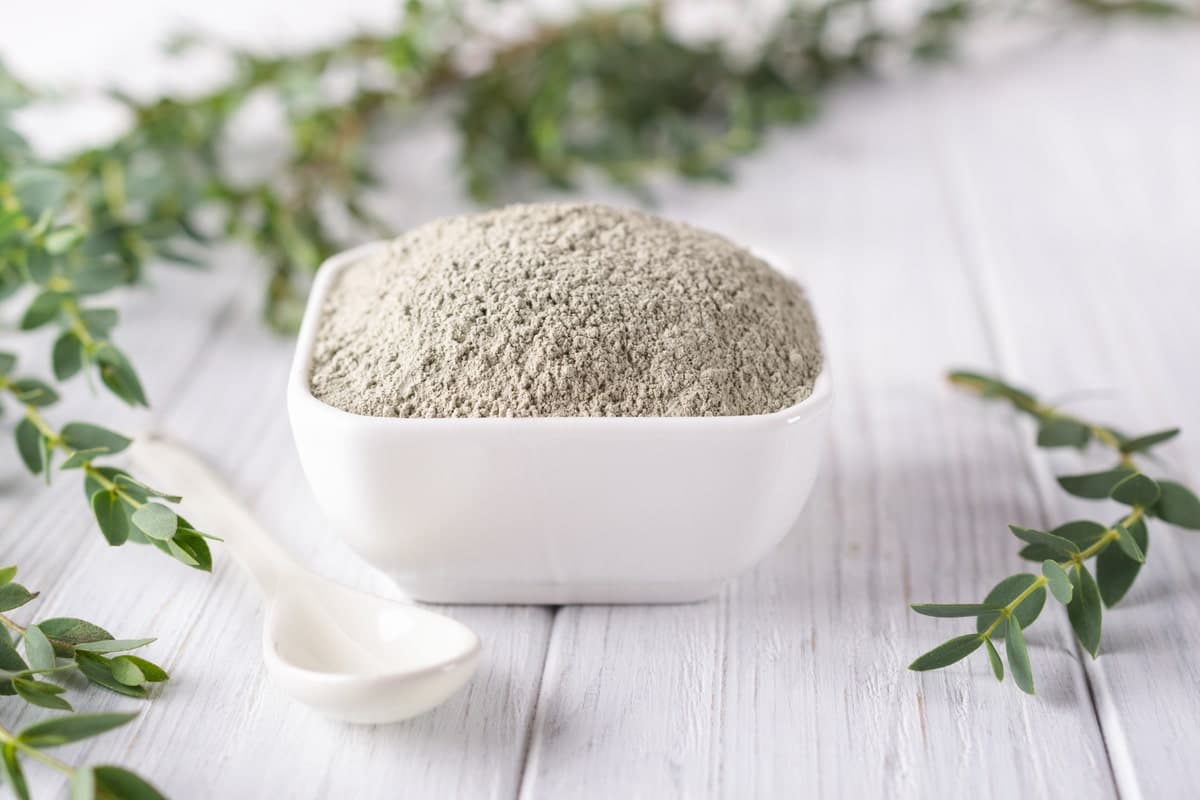
In addition to receiving chemicals, it is also possible to distribute them to others
If you do so, you will need to provide the recipient with information (in the form of a safety data sheet)
SDSs are essential for the safe distribution, handling, and use of chemicals
They aid in ensuring that those who use chemicals in the workplace do so safely, without endangering workers or the environment
The SDS will include the information required by the Control of Substances Hazardous to Health Regulations (COSHH) to enable risk assessments by employers
SDS is not an evaluation in and of itself
However, it will describe hazards that will assist employers in determining the likelihood that these hazards will be present in the workplace
SDS is required if a hazardous chemical is provided for work, whether or not it is packaged
If your chemical is not classified as hazardous but contains trace amounts of hazardous substances, you must also provide a Safety Data Sheet
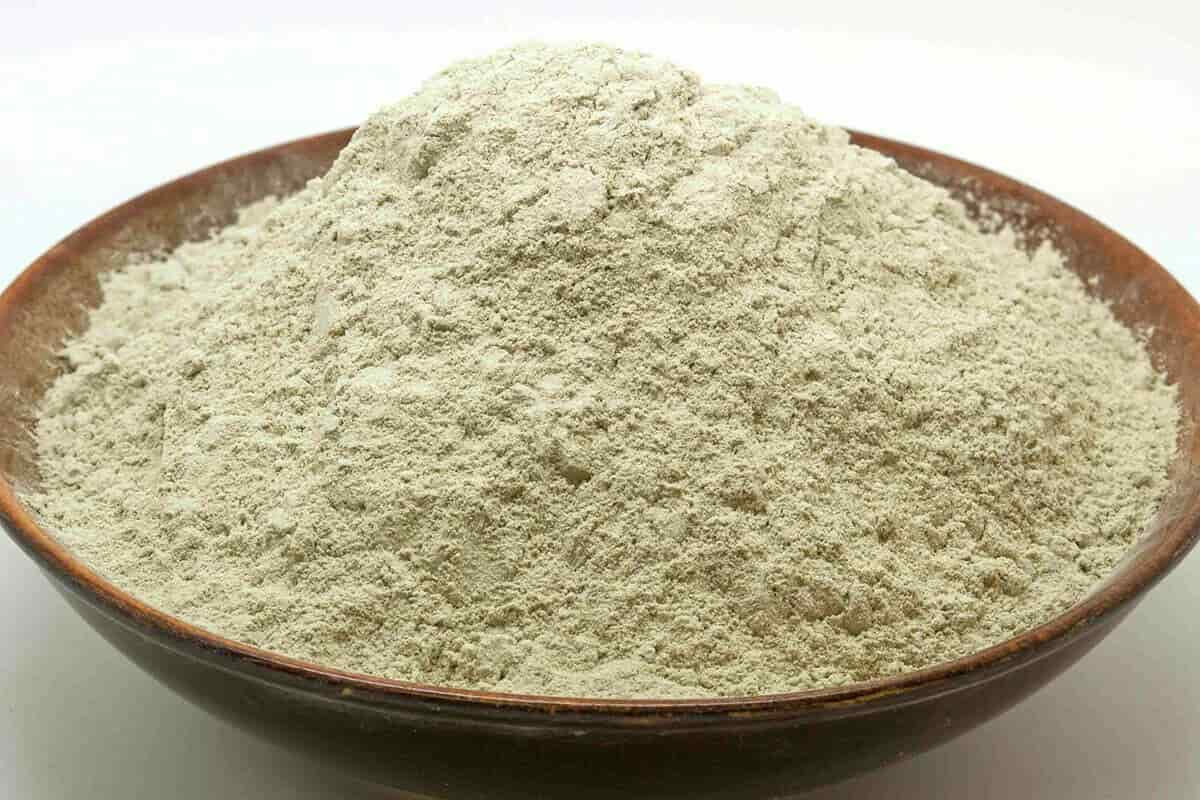
Bentonite Powder Food Grade
Food-grade bentonite powder is another name for edible bentonite
The bentonite that is found in mines is not the same as the human-edible bentonite that can be used for a variety of medical and health-related purposes, including the production of toothpaste, the detoxification of the body, the treatment of certain skin conditions, the removal of pimples and acne, and possibly even for consumption
The bentonite that is used for human food must be refined to a high degree, and its impurities, mica, and dirt must be removed before it can be considered edible and hygienic
The bentonite that is utilized by people is distinct from the bentonite that is used by animals
Animal feed bentonite is comparable to clay that is used in industrial settings
Both sodium bentonite and calcium bentonite may be found in natural environments, making up the total amount of bentonite found
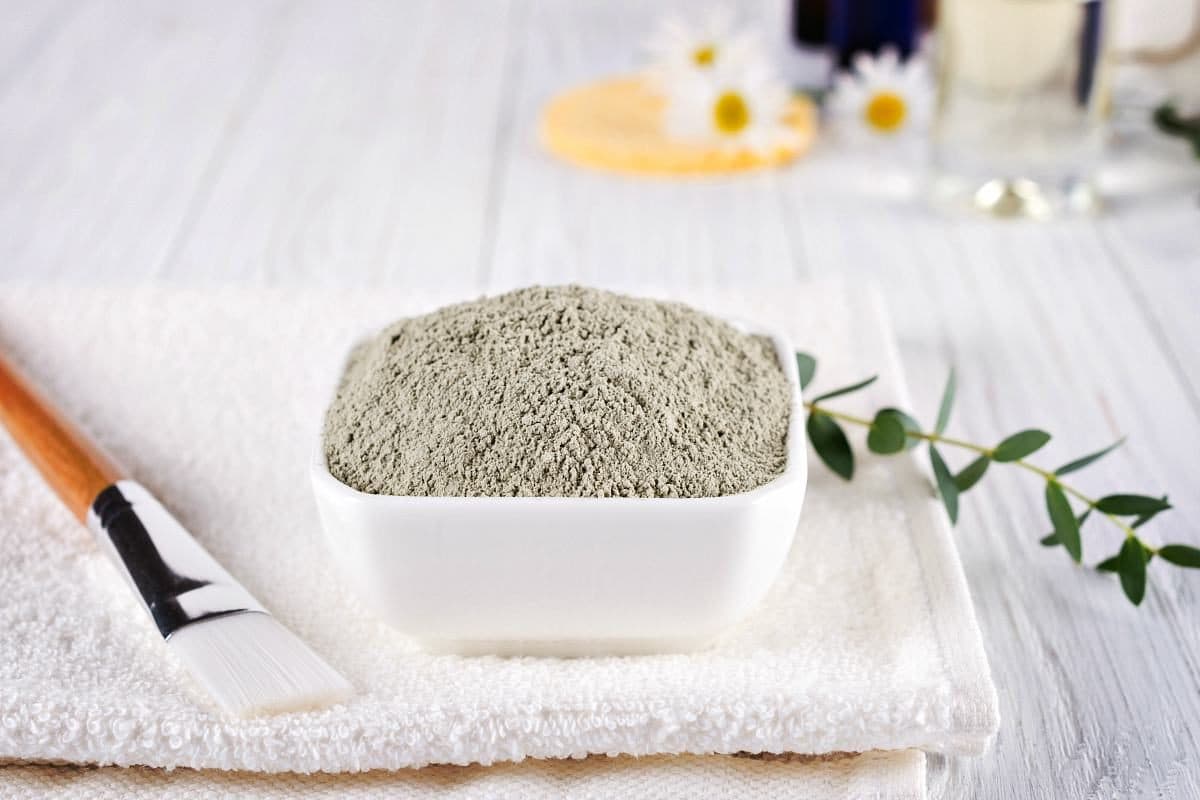
Sodium bentonite has a tremendous capacity for absorbing water and may do so at a rate that is several times higher than its own weight
Calcium bentonite, on the other hand, has excellent performance when it comes to absorbing ions and toxins, despite the fact that it is unable to absorb a significant amount of water
Eating clay can help absorb toxins produced in the body as well as toxins that enter the body through food, such as aflatoxin
This is due to the detoxification properties that clay possesses
It is also beneficial for treating digestive disorders such as food poisoning, which may occur as a result of eating contaminated food
It is possible that ingesting edible bentonite clay will improve the function of the digestive system, remove toxins, improve organ function, increase the rate at which nutrients are absorbed, provide better oxygen to cells by improving hydrogen absorption, and eradicate bacteria from the body

Bentonite Powder Grade
The following is a taxonomy of the several kinds of bentonite: Grade 1 bentonite Grade 2 bentonite Grade 3 bentonite The quality as well as the physical and chemical qualities of the various varieties of bentonite that have been described will vary from one another to some degree
Bentonite, grade 1, interesting points including:
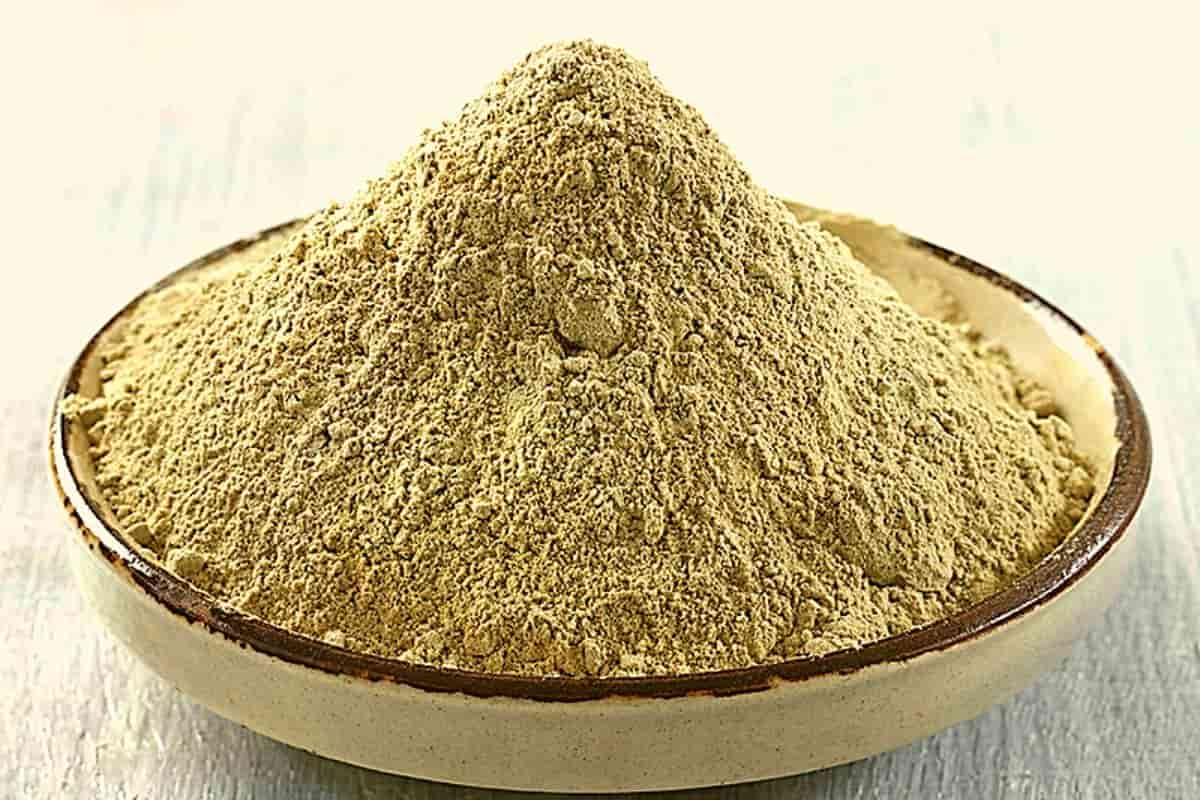
– The extraction of it calls for excavations of a significant volume
– 10 meters will be the bare minimum for the amount of excavation
– The extraction of bentonite from this portion of the rock is the most challenging of the three portions
– The highest quality bentonite available in this region Important considerations concerning grade 2 bentonite: – There is not a great deal of digging involved in its extraction
– It has a steep incline in comparison to the flat surface of the ground
– It is possible to mine it to a depth of around 10 meters
Grade 3 bentonite This kind of bentonite may be found throughout the remainder of the mine

Bentonite Powder Safety Data Sheet
A Safety Data Sheet (SDS) is advantageous for bentonite powder goods from the perspective of the customer, or more particularly, the consumer
This is because the consumer has access to information that would otherwise be inaccessible to them when using a technical document relevant to the product, and this is made possible by the kind of sheet under discussion
In the majority of instances, the client is also responsible for monitoring his or her personal safety throughout a practical demonstration
On the other side, the safety sheet allows the purchaser to assess whether or not his or her expectations have been met, or to determine whether there is a safety concern with the goods
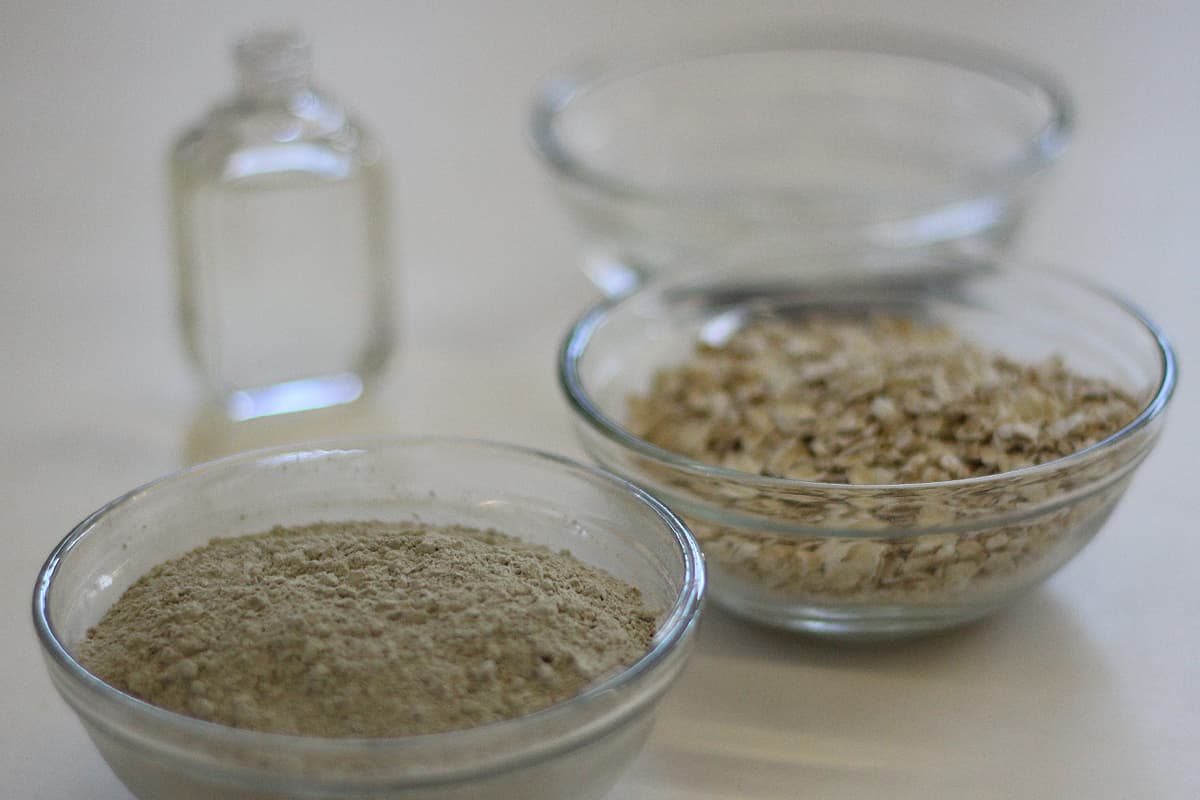
In addition, the fact that a product is manufactured in line with a certain safety document guarantees that it has been made as the manufacturer intended
This is due to the fact that the safety sheet serves as a guide throughout the production process
In all cases, the user is able to confirm, in accordance with the standards for good manufacturing practices, that his or her safety was taken into account throughout the production phase of the product
The technical data sheets of bentonites, more precisely the technical data sheets of bentonites of natural origin, especially those of agricultural or environmental origin, are often created by the manufacturers or distributors of bentonite

Bentonite Clay Food Grade Powder
Bentonite clay is a mineral that is mostly utilized in industries such as casting and drilling; however, in recent years, there has been considerable interest in the food-grade, unique, and processed composition of bentonite that may be used in animal and poultry feed
Bentonite is often used in animal feed industries to improve the pellet’s stability and durability (as a sticky pellet or pellet binder)
However, it is now generally known that bentonite may also be added to the diets of animals as a nutritional supplement
The supplementation of animal, poultry, and aquatic diets with bentonite is increasing
This is occurring for a variety of reasons, including the cheap cost of bentonite compared to other popular supplements used in cattle and poultry feed, as well as the multiple advantages that this supplement provides
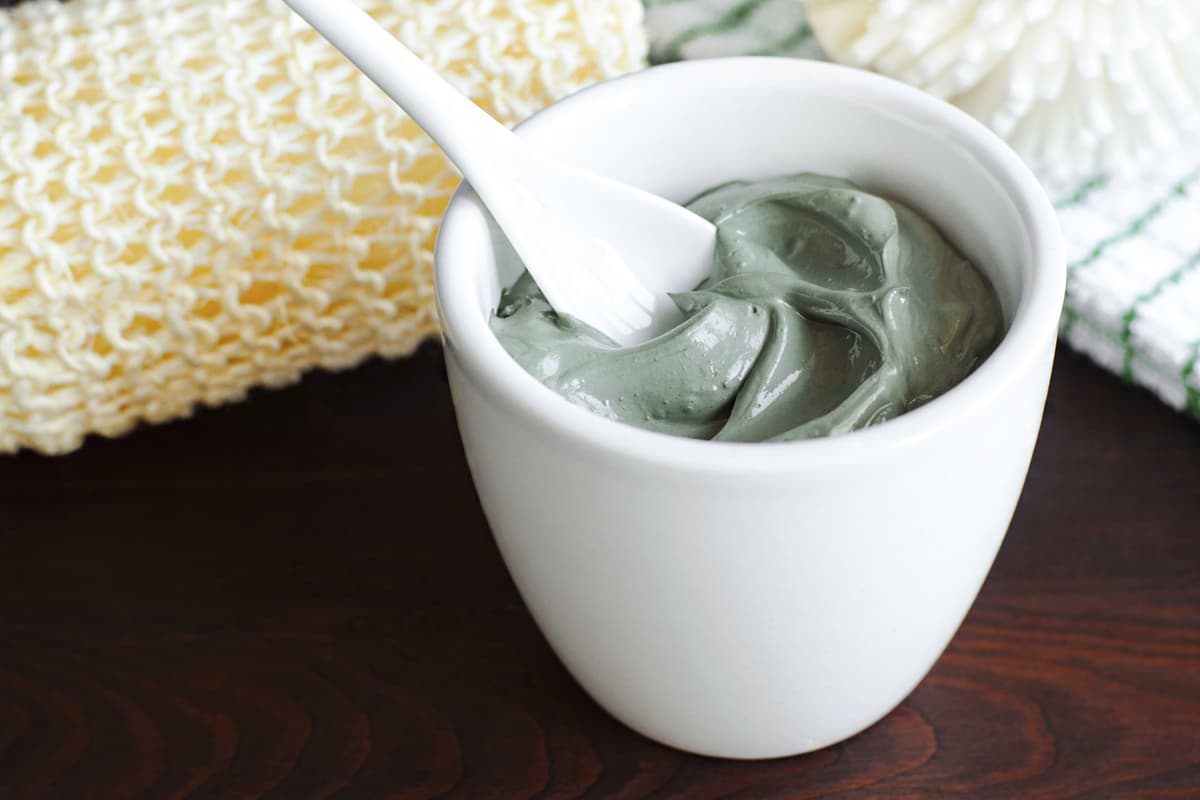
In addition to having positive effects on the nutrition and physiology of the body, integrating this mineral into one’s diet has the ability to reduce food costs
The term “Benton shales” originates in the American state of Wyoming, where bentonite was found for the first time
Bentonite is a phyllosilicate of aluminum with the formula (Na,Ca)(Al,Mg)(Si4O10)3(OH)6nH2O
It is mostly composed of the minerals montmorillonite and smectite
The creation of bentonites is caused by the weathering and alteration of volcanic ash, which occurs in the presence of water the majority of the time
The bulk of the decomposition of volcanic ash occurs in a saline and marshy environment, and the thickness of the bentonite decreases as we got farther away from the volcano
The shown structure and stated characteristics are both associated with montmorillonite, the predominant mineral in this material
This substance’s purity percentage refers to the quantity of montmorillonite in its mineral makeup
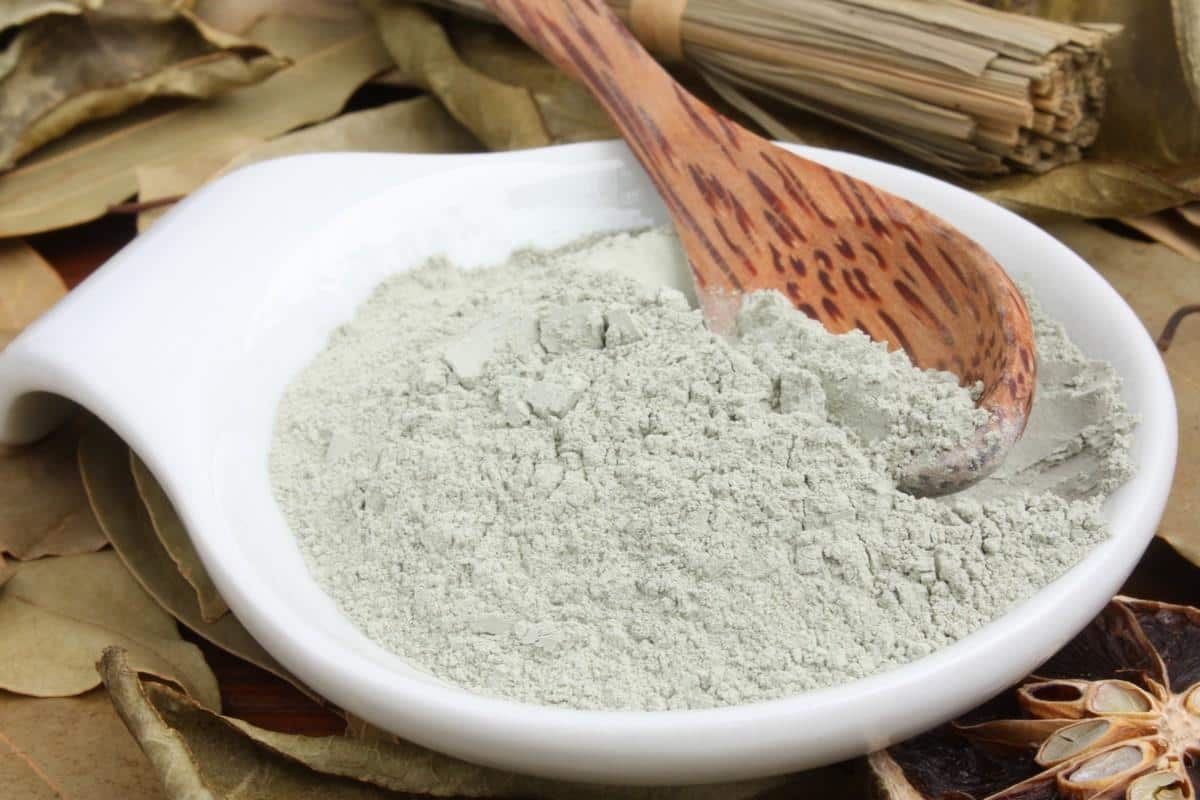
Bentonite Powder Mixing ratio
Bentonite is being used in the earthing pit and other cases with the following mixing ratio; A- Surface bentonite 1- Dig a 30-to-40-cm-wide, 75-cm-deep canal the appropriate length
If soil freezing penetrates 75 cm, dig a deeper channel (up to the ground freezing layer)
2- Cover the channel bottom with bentonite slurry (35% bentonite, 65% water) up to 10 cm
3-Lay the copper wire or strap on the floor, following grounding system instructions
4- Cover the wire with a 15-cm bentonite slurry
5- Fill the canal with sand and compress it
B- Activated bentonite in vertical wells with an earth rod 1- Dig a 3-meter-deep, 60-90-cm-diameter well
2- Place a 3-meter earth rod (or two 1
5-meter connected rods) in the hole so 50 cm dips into the ground (well)
3- Pour slurry (35% bentonite, 65% water) around the rod
4- The earth well’s bentonite preparation and discharge are 65% bentonite slurry and 35% bentonite+ clay+ water
5-When filling the well, crush the hardened slurry material every 20 cm so it sticks to the earth rod
This promotes compression and adherence of the bentonite layers to the earth rod and the loss of vacant areas

C- Bentonite wells with copper plates 1- Dig a 60
90-cm-diameter, 3-meter-deep hole
2- Connect the earth wire or copper strap at least twice
3-Place the 500 x 500 x 3 mm earth plate vertically at the pit’s end
4- Apply bentonite as a hard slurry to cover 35 cm above the board with sufficient compression
5- Mix 30% bentonite, 70% dirt, and water to fill the well
6-For additional soil compaction around the conductor with a better plate and quality, compress the combination after every 20 cm of soil and bentonite
